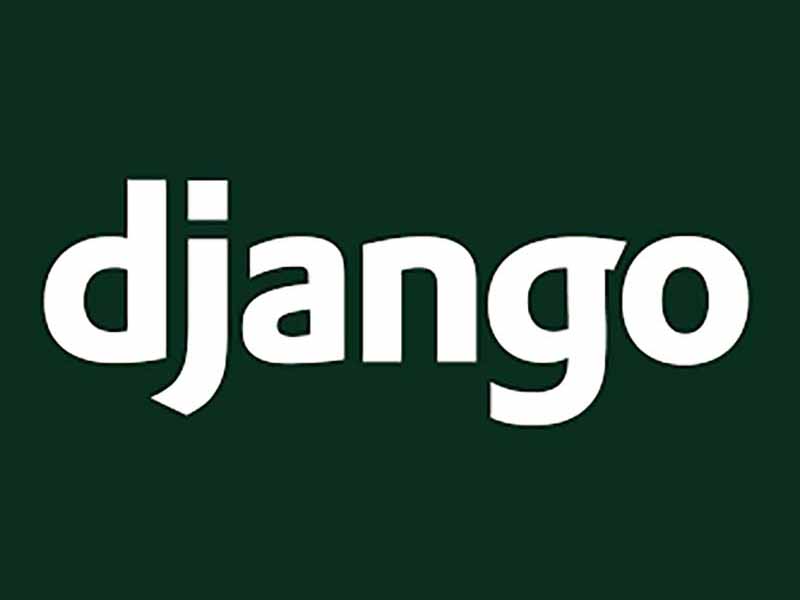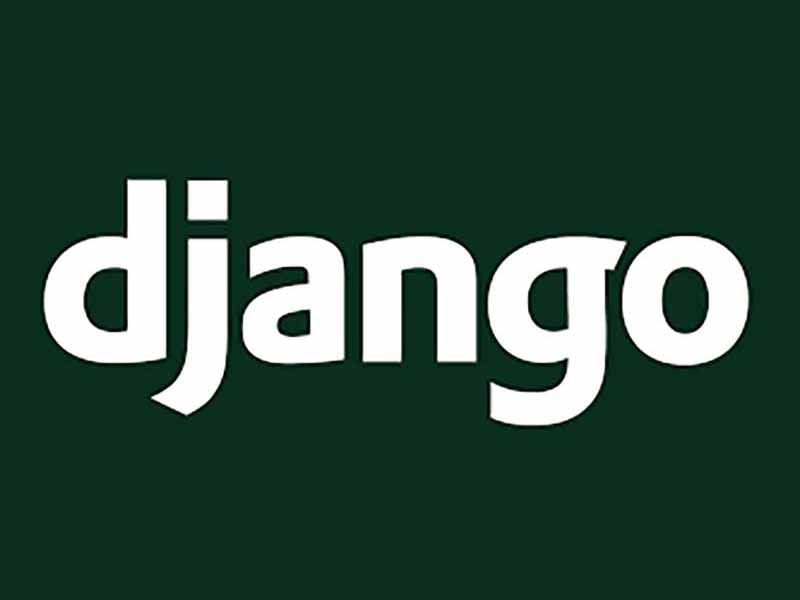
Published on: August 06, 2024
Template-based Code Generation (TBSC) is a powerful technique that allows developers to automate the creation of repetitive code structures. This approach is particularly useful in web development, where similar patterns often recur across different parts of an application. In this article, we'll explore the concept of template-based code generation and demonstrate its implementation using Python and Flask.
Introduction to Template-based Code Generation
Template-based code generation involves creating pre-defined templates with placeholders for variable content. These templates are then populated with specific data or logic to generate the final code. This method can significantly reduce development time, minimize errors, and ensure consistency across the codebase.
Benefits of Template-based Code Generation
- Increased productivity: Automating repetitive tasks allows developers to focus on more complex aspects of the application.
- Reduced errors: By using tested and verified templates, the likelihood of introducing bugs is decreased.
- Consistency: Ensures a uniform structure across generated code, improving maintainability.
- Flexibility: Templates can be easily modified to accommodate changes in requirements or coding standards.
Implementing TBSC in Python/Flask
To demonstrate template-based code generation, we'll create a simple system that generates Flask route handlers and their corresponding HTML templates. We'll use the Jinja2 templating engine, which is already integrated with Flask.
First, let's set up our project structure:
project/ │ ├── code_generator.py ├── templates/ │ ├── route_template.py.jinja2 │ └── html_template.html.jinja2 └── generated/ ├── routes/ └── templates/
Now, let's create our code generation script:
# code_generator.py
import os
from jinja2 import Environment, FileSystemLoader
# Set up Jinja2 environment
env = Environment(loader=FileSystemLoader('templates'))
def generate_route(route_name, method, description):
# Load the route template
template = env.get_template('route_template.py.jinja2')
# Render the template with the provided data
rendered_code = template.render(
route_name=route_name,
method=method,
description=description
)
# Save the generated code
output_path = f'generated/routes/{route_name}_route.py'
os.makedirs(os.path.dirname(output_path), exist_ok=True)
with open(output_path, 'w') as f:
f.write(rendered_code)
print(f"Generated route: {output_path}")
def generate_html_template(template_name, title):
# Load the HTML template
template = env.get_template('html_template.html.jinja2')
# Render the template with the provided data
rendered_html = template.render(
title=title
)
# Save the generated HTML
output_path = f'generated/templates/{template_name}.html'
os.makedirs(os.path.dirname(output_path), exist_ok=True)
with open(output_path, 'w') as f:
f.write(rendered_html)
print(f"Generated HTML template: {output_path}")
# Example usage
generate_route('user', 'GET', 'Retrieve user information')
generate_html_template('user_profile', 'User Profile')
Next, let's create our templates:
{# templates/route_template.py.jinja2 #}
from flask import render_template
@app.route('/{{ route_name }}', methods=['{{ method }}'])
def {{ route_name }}_route():
"""{{ description }}"""
# Add your route logic here
return render_template('{{ route_name }}.html')
And the HTML file:
{# templates/html_template.html.jinja2 #}
<!DOCTYPE html>
<html lang="en">
<head>
<meta charset="UTF-8">
<meta name="viewport" content="width=device-width, initial-scale=1.0">
<title>{{ title }}</title>
</head>
<body>
<h1>{{ title }}</h1>
<!-- Add your content here -->
</body>
</html>
Using our simple Code Generator
To use this code generator, simply run the code_generator.py script. It will generate a route handler and an HTML template based on the provided information.
This basic example can be extended in various ways:
- Add more complex logic to the templates
- Generate entire Flask applications with multiple routes and templates
- Include database models and form generation
- Implement command-line arguments for more flexible generation
Template-based Code Generation (TBSC) is a powerful technique that can significantly improve development efficiency in Python/Flask projects. By automating repetitive tasks, developers can focus on more complex aspects of their applications while maintaining consistency and reducing errors. As demonstrated in this article, implementing a basic code generator is straightforward and can be easily extended to suit specific project needs.
This article provides an overview of template-based code generation and a practical example using Python and Flask. You can expand on this foundation to create more sophisticated code generation systems tailored to your specific development needs.
For those who want to stay in touch, feel free to send us an email using the official address or join the community in Discord:
- Email: support@appseed.us
- 2k+ Discord Community: https://discord.gg/fZC6hup
50% Off on All Products
Active Until July 30 – No Stock Limits
Use the coupon code BOOST_2025 during checkout.
Speed Up your digital journey with our affordable subscription
50% Off
on All Products
See related articles
Recommended Topics
50% Off on All Products
Active Until July 30 – No Stock Limits
Use the coupon code BOOST_2025 during checkout.
Speed Up your digital journey with our affordable subscription

